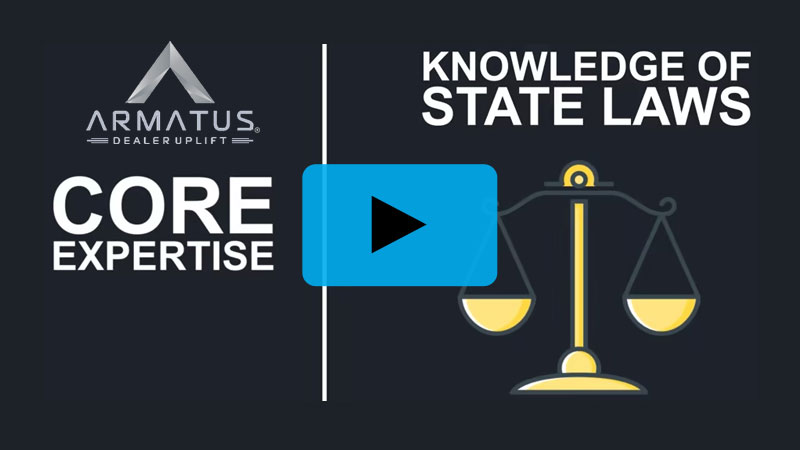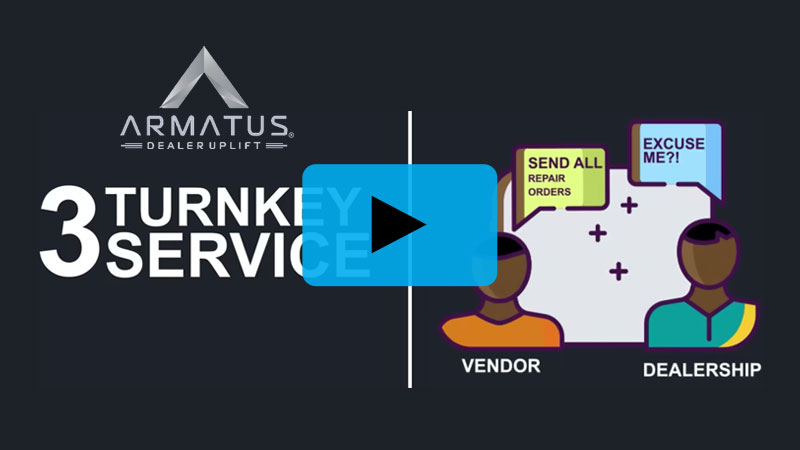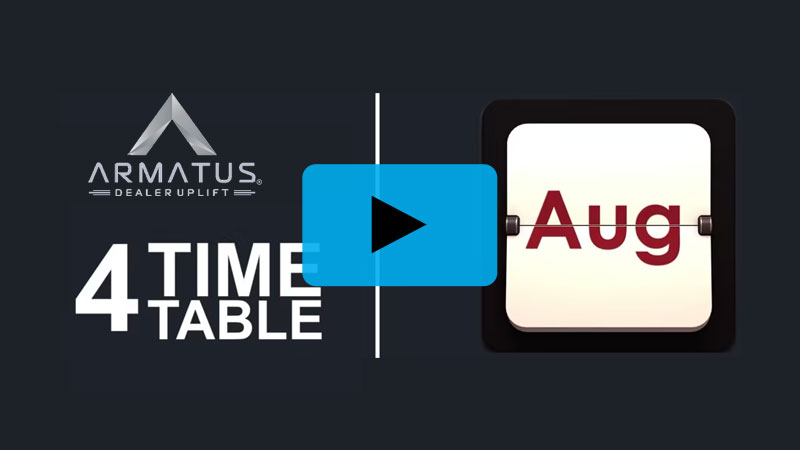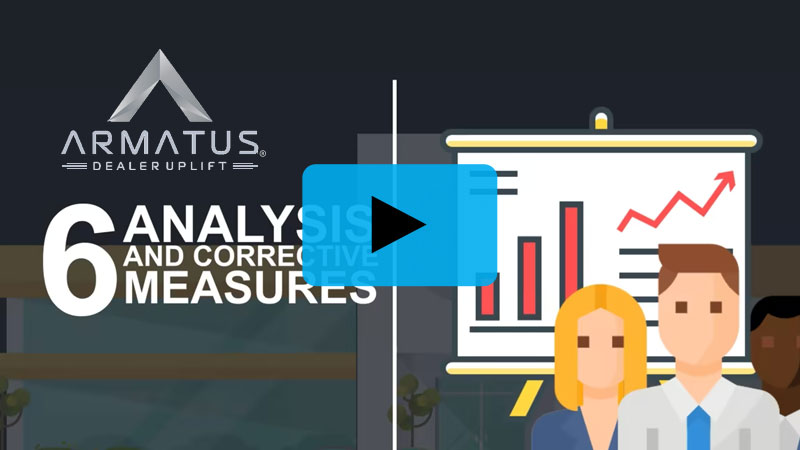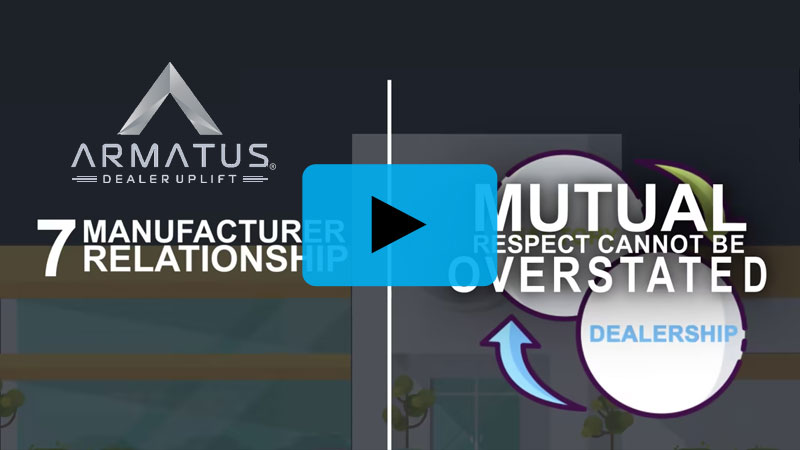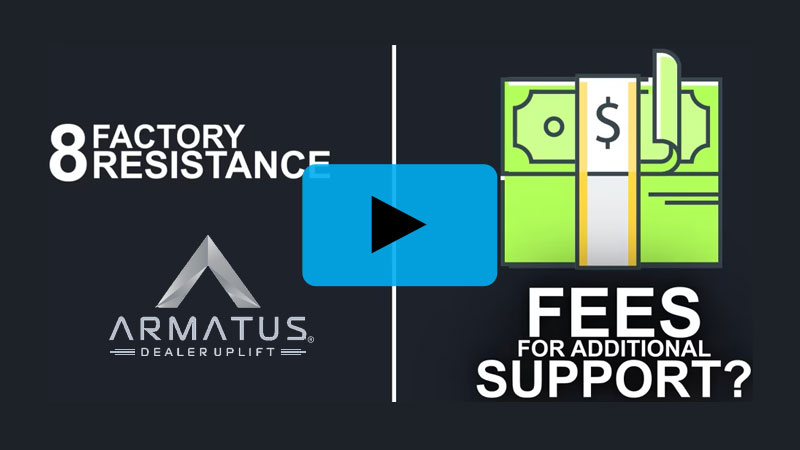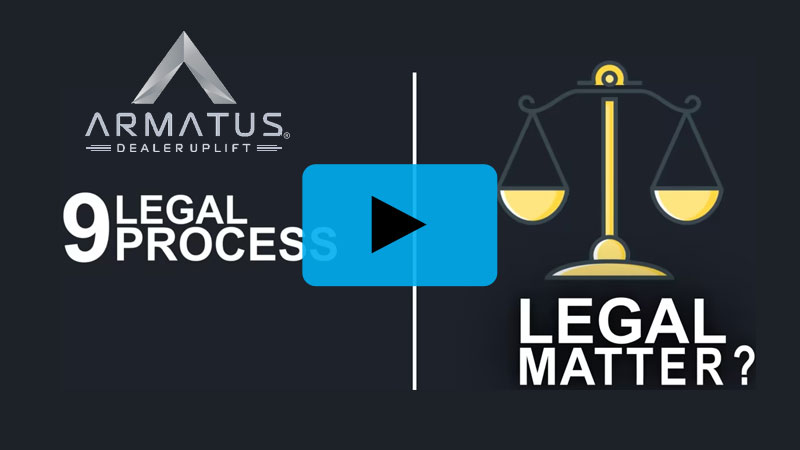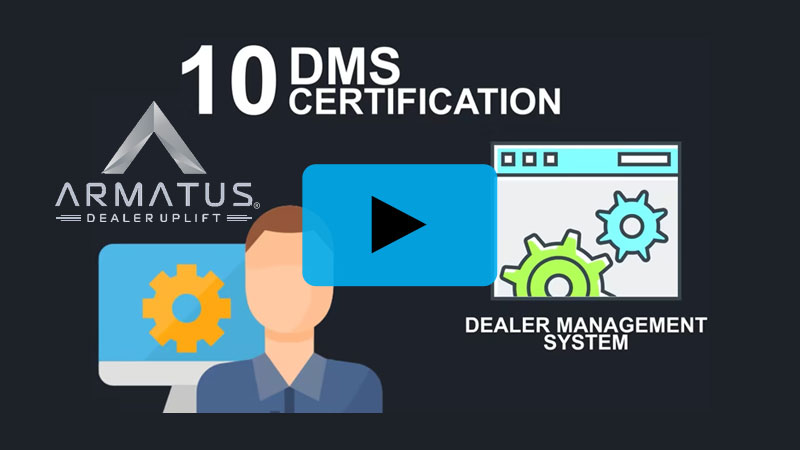
Preparing your warranty labor rate increase submission is one of the most critical times of the year for dealerships. But unless you have the date marked off on your calendar; a comprehensive understanding of both complex state laws and manufacturer rules; and enough supporting materials that clearly demonstrate you are submitting for the optimal reimbursement rate, you’re likely missing out on money you could be earning.
The annual labor rate submission is a once-a-year opportunity to increase your warranty rate. While the majority of dealerships already take advantage of this yearly occasion, many don’t always do it on time, and some task team members who are unaware of or inexperienced with making a submission per the complex state reimbursement laws.
In order to earn the optimal amount that you are entitled to under your state’s reimbursement law, you’ll want to connect with industry experts that can ensure your submission is completed in both a timely and efficient manner.
Defining Manufacturer and State Submissions
There are two ways that dealers can submit for warranty labor rate increases: based on manufacturer rules (factory submission) or based on state law (statutory submission).
Factory Submissions
In a manufacturer submission, your dealership needs to abide by the policies and procedures that your manufacturer dictates. This includes putting together a grouping of your repair orders, calculating the average rate, conducting a market survey of your dealership peers and their warranty rates, packaging it all up, and then sending it out for review. Under this process, manufacturers are under no obligation to respond to your request in a predetermined amount of time.
Statutory Submissions
With a statutory submission, manufacturers are beholden to strict time limits. Most states require an approval or response within 30 days, but some may allow up to 60 days. Submissions based on state laws also do not require market surveys to be completed, a distinct advantage over the manufacturer process. Otherwise, the two processes require the calculation of your average customer-pay repair order rate before the package is delivered to the manufacturer for review.
Exceptions
While statutory submissions may seem like the best choice, in some cases, performing a manufacturer submission may be right for your dealership. For example, if your factory uses a smaller sample size than is stipulated by the law, you might receive the optimal result by pursuing a manufacturer submission.
Regardless, in order to determine the best method for your situation, you’ll want to connect with a third-party industry expert that can spell out the differences so you can make a more informed decision.
The Benefits of Outsourcing the Submission Process
A high-quality vendor who performs the submission process on your behalf will have a good understanding of two critical aspects: complex state laws as well as the manufacturer’s behavior. The vendor’s objective should be nothing more than to get your dealer approved for the optimal rate increase—not to generate a fight with the manufacturer.
Furthermore, an outsourced vendor should have the proper technology in place to select the best repair orders as well as expertly trained staff who dedicate all of their time to retail rate submissions. They will understand the nuances of this complex process, including what to say in response to a rejected submission (or a submission that was approved at a lower rate than you requested).
The expertise of a third-party vendor cannot be overstated. Not only are the laws in this area constantly changing, but so are manufacturer rules. Given the enormity of the work that your dealership already performs, how are you expected to stay on top of this ever-changing information, package a successful labor rate increase submission, and rebut any potential pushbacks?
The answer is simple, albeit unfortunate: it’s unlikely. That’s where a vendor’s value comes in.
Not only are they sensitive to the nuances that manufacturers require, but they are also conscious of what’s best for your dealership. Some dealers may benefit from factory submissions; others may not. Regardless of the method selected, virtually every third-party submissions is approved on the first go around, so you can have a higher degree of confidence that your initial submission will be accepted by the manufacturer and that you won’t forfeit any profit.
Furthermore, custom software is designed to drive the most optimal rate, one that also conforms with state and manufacturer rules—guaranteed to get you a fair and reasonable market rate reimbursement.
Final Thoughts
Your annual warranty rate increase most likely has room for improvement. You may have confidence in your managers, but submissions are usually a “sidebar” focus at best; a better process would give you the assurance that this area is completely buttoned up.
In addition, chances are that your managers are utilizing various service data analysis tools that use less-than-perfect science—specifically, they rely on the precise usage of op codes by advisors to determine the best retail warranty reimbursement rate. However, nothing but detailed analytics on the underlying data, combined with a full audit, can yield the best possible result. Armatus Dealer Uplift can handle all of your warranty rate increase needs. Give us a call at 888-477-2228 or email at [email protected]
See this article featured in the July/August 2018 edition of the FixedOps Magazine.
